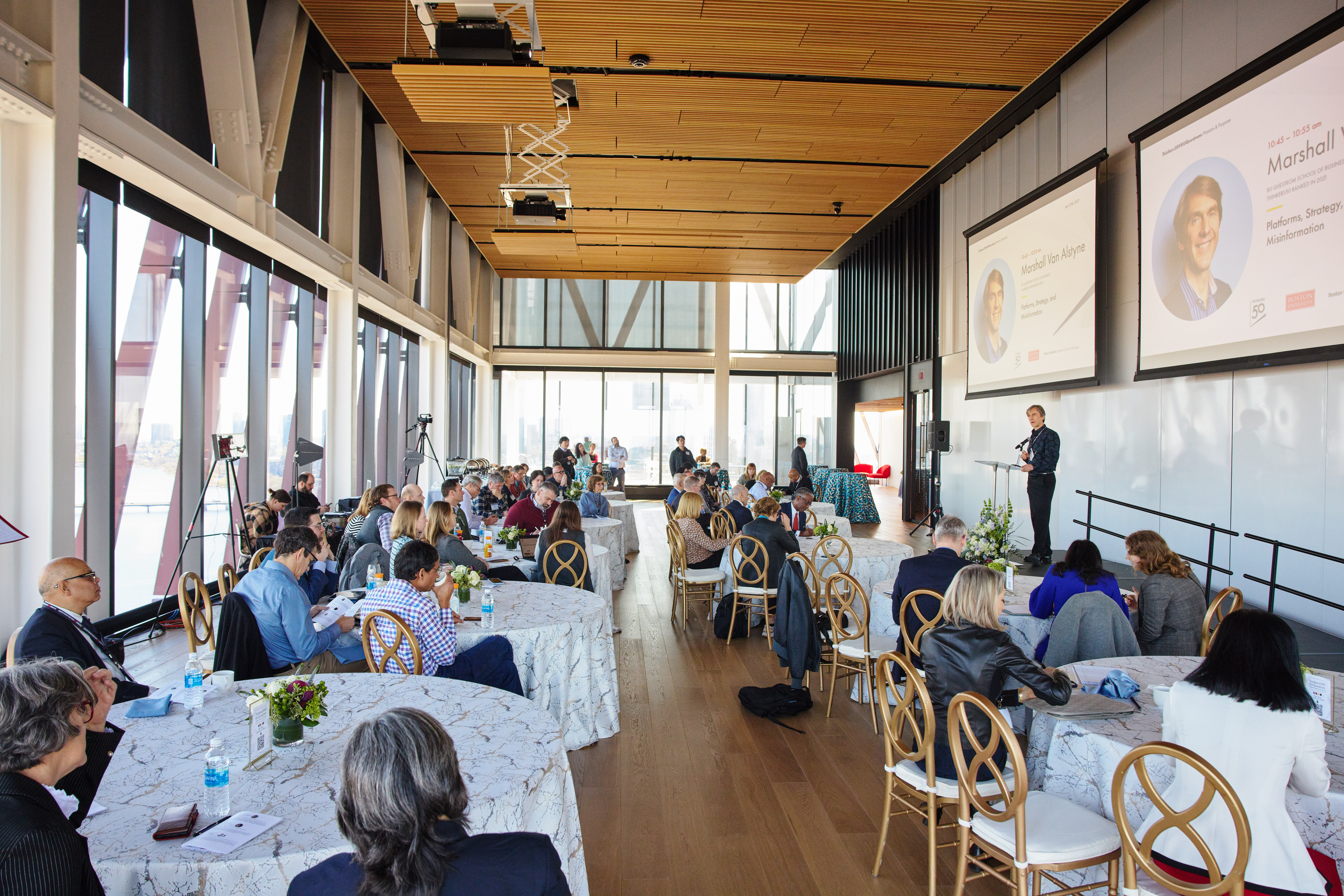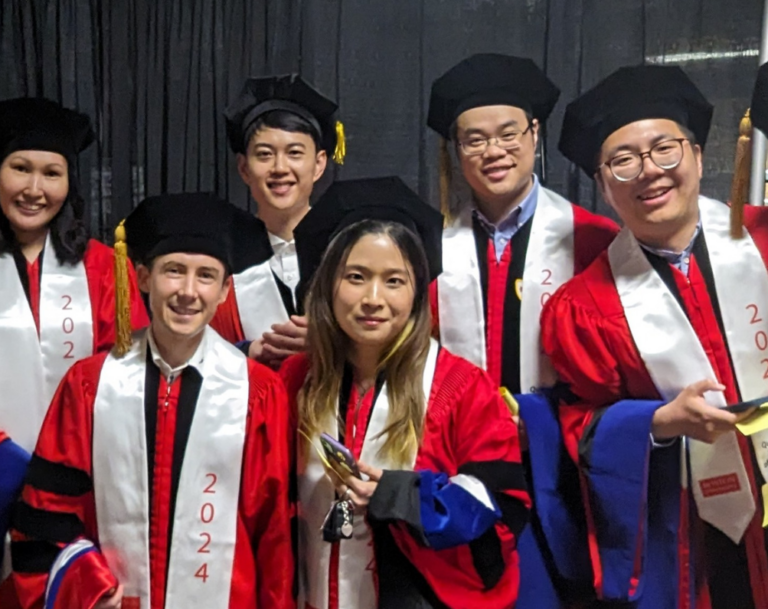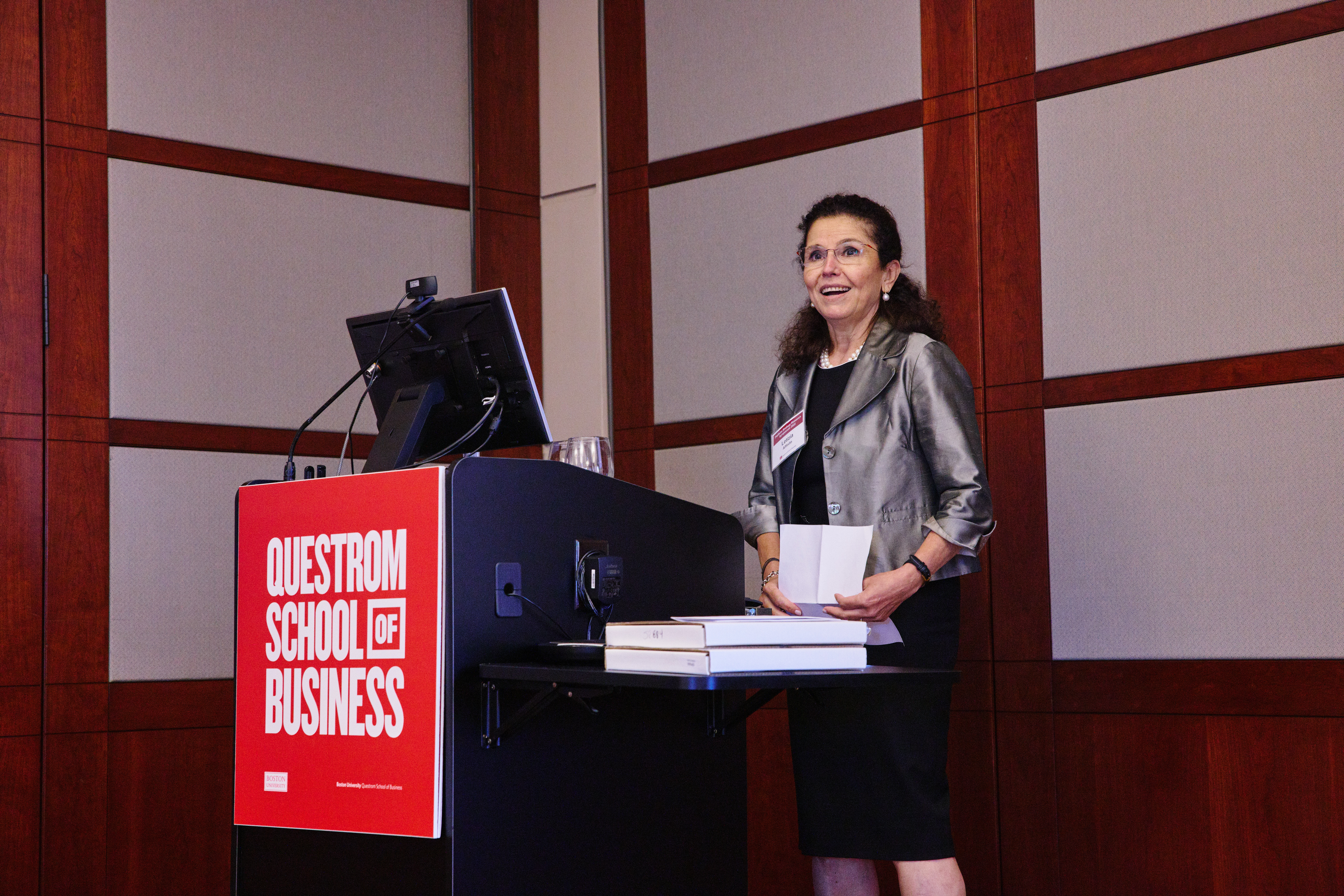At Questrom, PhD candidates are researchers, collaborators, students, and teachers.
It’s a tight-knit community where world-class faculty members partner with students, helping them to master research methods, learn across disciplines, and analyze data. Above all, they work together to tackle the most challenging management problems impacting society. Prepare to unleash your research ambitions at Questrom, where you’ll receive unparalleled support to advance your personal research agenda, make a tangible impact in the business world, and pave your path toward securing a top placement as a distinguished faculty member upon graduation.
Questrom is a rising research powerhouse.
We are very successful at recruiting high-quality faculty, having hired more than 45 full-time research faculty in the past five years. New faculty come from the most prestigious institutions, including Dartmouth, Harvard, MIT, Stanford, and Yale. This infusion of talent has allowed us to realign our idea-generation efforts with an evolving marketplace. The result? A rise in our research ranking overall and in several academic departments. From a rank of 45 in terms of business publications just five years ago to the top 30 today—according to UT Dallas Research Rankings— Questrom has established itself firmly in the top tier of research institutions.

Our PhD Community
At Questrom, you’ll join a lively community where collaboration, not competition, fuels progress. With a diverse, collaborative student cohort, the research environment is enriched and dynamic. That’s what sets Questrom apart: an open atmosphere where we tackle the questions that matter most to you and our society—together— and from day one in the program.

“My research focuses on branding, fairness and ethics in marketing, consumer morality, influencer marketing, and consumer transgressions against brands, including online consumer fraud and piracy. My work has been presented at ACR, SCP, and AMA conferences and published in the Journal of Consumer Research.”
 View Profile
View Profile
Yue Wu
 View Profile
View Profile
Mengchen Zheng
 View Profile
View Profile
Robert Flynn
 View Profile
View Profile
Kevin Chandra

A Rich Academic Community
The community expands beyond Questrom, into Boston, the city we call home. With its top universities, leading research centers, and brilliant business minds, you won’t find a better city to be a scholar.


